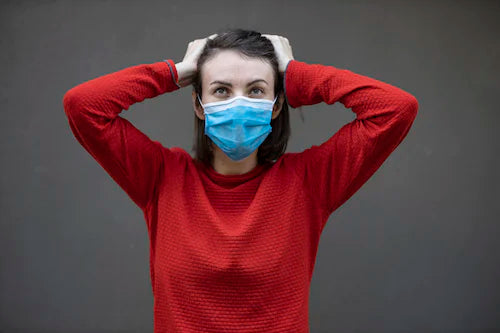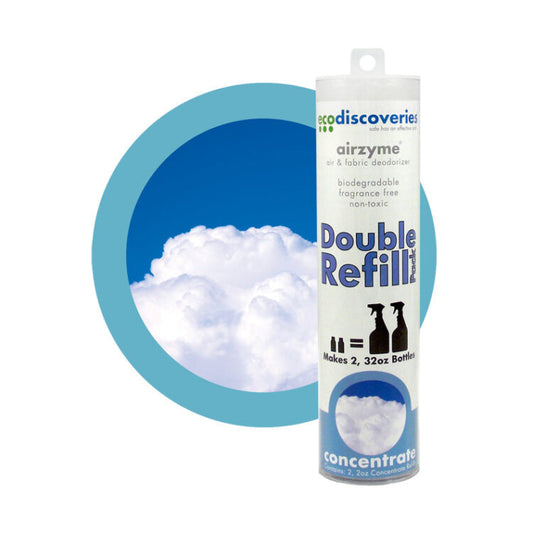Its that time of year again when people struggle for weeks or months with allergies brought on by high levels of pollen. The specific types of pollen vary according to your region of the United States and the local landscape in your area.
What we all have in common though, is searching for some relief so we can return to living a healthy lifestyle. This can be particularly true for people living in northern states who experience lower temperatures in the winter. Those people are ready for spring! Its really hard to enjoy being outside though, with your sneezing all the time and your sinuses clogged up.
| Species | Particle size in microns |
| Douglas Fir | 100 |
| Big-Cone Pine | 88 |
| Spider Lily | 40 |
| English Oak | 35 |
| Rose | 35 |
| Holm Oak | 25 |
| Table 1, from Science & Plants for Schools http://www-saps.plantsci.cam.ac.uk/pollen/index2.htm |
|
In Table 1, there is a list of common trees and flowers and the size of their pollen in microns. A typical face mask is impermeable to 0.3 microns, so one could conclude that wearing such a mask can reduce taking in a lot of pollen. But is it really practical to wear a mask all day? Many people have indoor occupations where they could limit the wearing of a mask to only outdoor use, but for those who work outdoors wearing a mask all of the time can be an uncomfortable nuisance. Going into a convenience store or a bank is also likely to prompt both questions and concerns that you would want to avoid.
While many people wear face masks as a courtesy when they are sick in order to reduce the chance of transmitting a cold or virus to others, face masks can be an effective way to reduce the amount of pollen ingested into the body.




